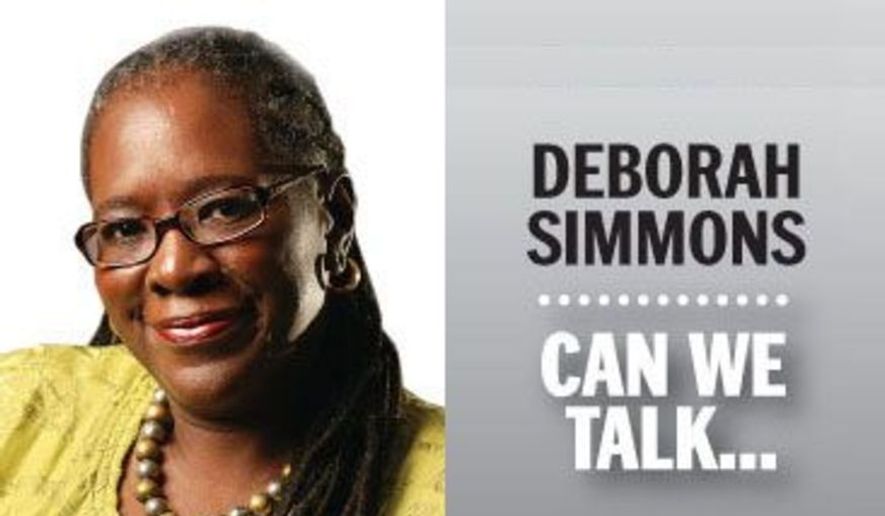ANALYSIS/OPINION:
The eyes and ears of J. Edgar Hoover’s FBI weren’t in Parkland, Florida, on Valentine’s Day or trawling the internet for menacing words by accused killer Nikolas Cruz.
These days, however, in the aftermath of Mr. Cruz’s streak of violence inside a schoolhouse, we are forced to looked backward and forward: Clinched fists punch skyward. Corralled by authorities, people kneel in a show of support. Thousands march in memoriam. Thousands of others sit or stand silently.
In and around the nation’s capital Wednesday, students hoofed it to the White House, where they turned their backs on some of the most expensive public housing in America. Still others made their way to the Capitol.
So went the National School Walkout, when students drew their own line in the sand against guns.
If their day of action is reminiscent of the heady 1960s, it should be. Much of the world was conflicted then with marches, rhetorical protestations and wars. There seemed, in the eyes of many disillusioned and frustrated Americans, no middle ground on which to stand in peace.
Senseless and intentional gun violence scarred the decade.
Medgar Evers, two Kennedys, Malcolm X and Martin Luther King had all been assassinated — all felled by firearms. Violence broke out all over. In addition, Hoover declared war on the Black Panther Party, and politicians pushed for handgun restrictions.
Yet generations later, blood continues to be shed by legal and illegal firearms.
Like Mr. Cruz, King legally owned a gun, too. Yes, the peacemaker who had moved from Atlanta to Alabama to better shepherd the Southern Christian Leadership Conference and the human and civil rights movement owned a handgun.
King tried to get a conceal-carry permit in Birmingham in the mid-1950s — long before that string of assassinations. Of course, Birmingham authorities knew his family’s lives were in danger, and law enforcers were aware of the numerous death threats against King. After all, his parsonage home had been bombed — twice. Hoover knew, as well.
King was denied a conceal-carry permit, and he later became the face and voice of the nonviolent movement.
The portraits of young people exhaling their positions on guns and gun control are delivering a lesson perhaps unlearned or even unacknowledged by earlier generations, which held sit-ins and walkouts.
Denying civil rights, indeed hard-fought constitutional rights, is not the answer.
The eyes and ears of law enforcers are all about these days, and Hoover’s FBI lost sight of the political assassinations of the ’60s.
For certain, it’s time to teach young people what the Second Amendment to the Constitution says about the rights to bear firearms and the First Amendment rights to “the freedom of speech” — minus the biased interpretations, of course.
• Deborah Simmons can be contacted at dsimmons@washingtontimes.com.
• Deborah Simmons can be reached at dsimmons@washingtontimes.com.




Please read our comment policy before commenting.